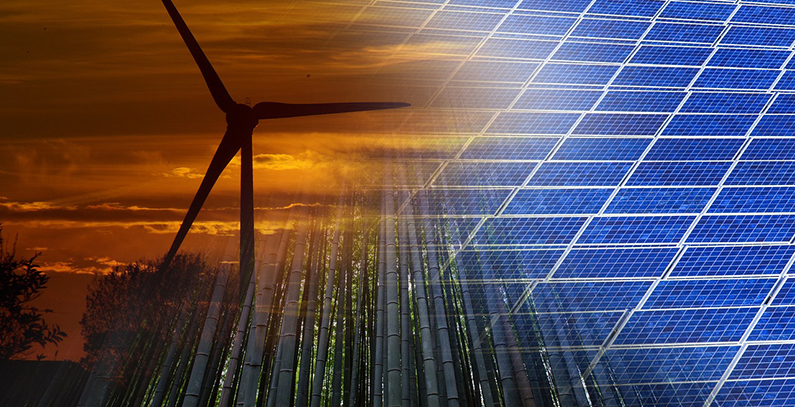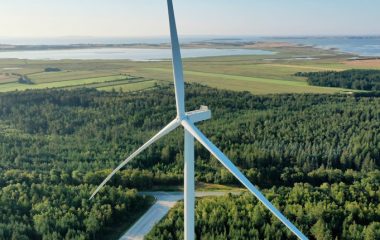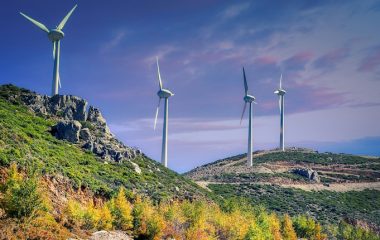
Photo: Pixabay
Share
Renewable source power facilities in Slovenia produced 5 percent less power in the first half of 2017 compared to the same period a year earlier even though solar power plants increased their production by 14%, according to data from the Center for Support of the Electricity Market Borzen.
Slovenia has a total of 3,878 renewable source power generating facilities with 412 MW of nominal power which produced 514.7 GWh of electricity in the first half of this year.
Renewable source facilities in Slovenia receive subsidizes from a support scheme for electricity production from renewable sources and high-efficiency heat and electricity cogeneration which paid out EUR 77.4 million in the first few months of this year, or 0.9 percent more than in 2016 even though they produced less power.
On average, the support scheme provided EUR 150.4 per MWh in the first six months of the year or 6 more than in 2016 because of different weather conditions affecting solar and hydro power production.
According to data from the Slovenian Ministry of Infrastructue, solar power plants are the most expensive source of power in the support scheme and hydro power plants are the cheapest.
Ministry figures show that hydro power plants received EUR 2.8 million for the production of 48,5 GWh, solar plants received EUR 37,5 million for 147,3 GWh, biogas plants got EUR 8.8 million for 67.0 GWh, biomass plants got EUR 10.0 million for 72.1 GWh, fossil fuel CHP received EUR 17.5 million for 175.2 GWh, wind farms got EUR 0,2 million 2,7 GWh, and EUR 0.5 million went to other power producers for 2.0GWh.
Slovenia recorded a 14 percent increase in solar plant production and a 40 percent drop in hydro power production.
The dominant producers in the first half of 2017 were CHP plants with fossil fuels which had a 34 share, followed by solar plants with 29 percent, biomass plants with 14 percent, biogas plants with 13 percent and hydro power plants with 9 percent share of the total electricity production in the support scheme.
Solar plants received 48 of the total subsidies, CHP plants with fossil fuels got 23 percent, biomass plants 13 percent and biogas units 11 percent while hydro power plants got less than 4 percent.









Be the first one to comment on this article.